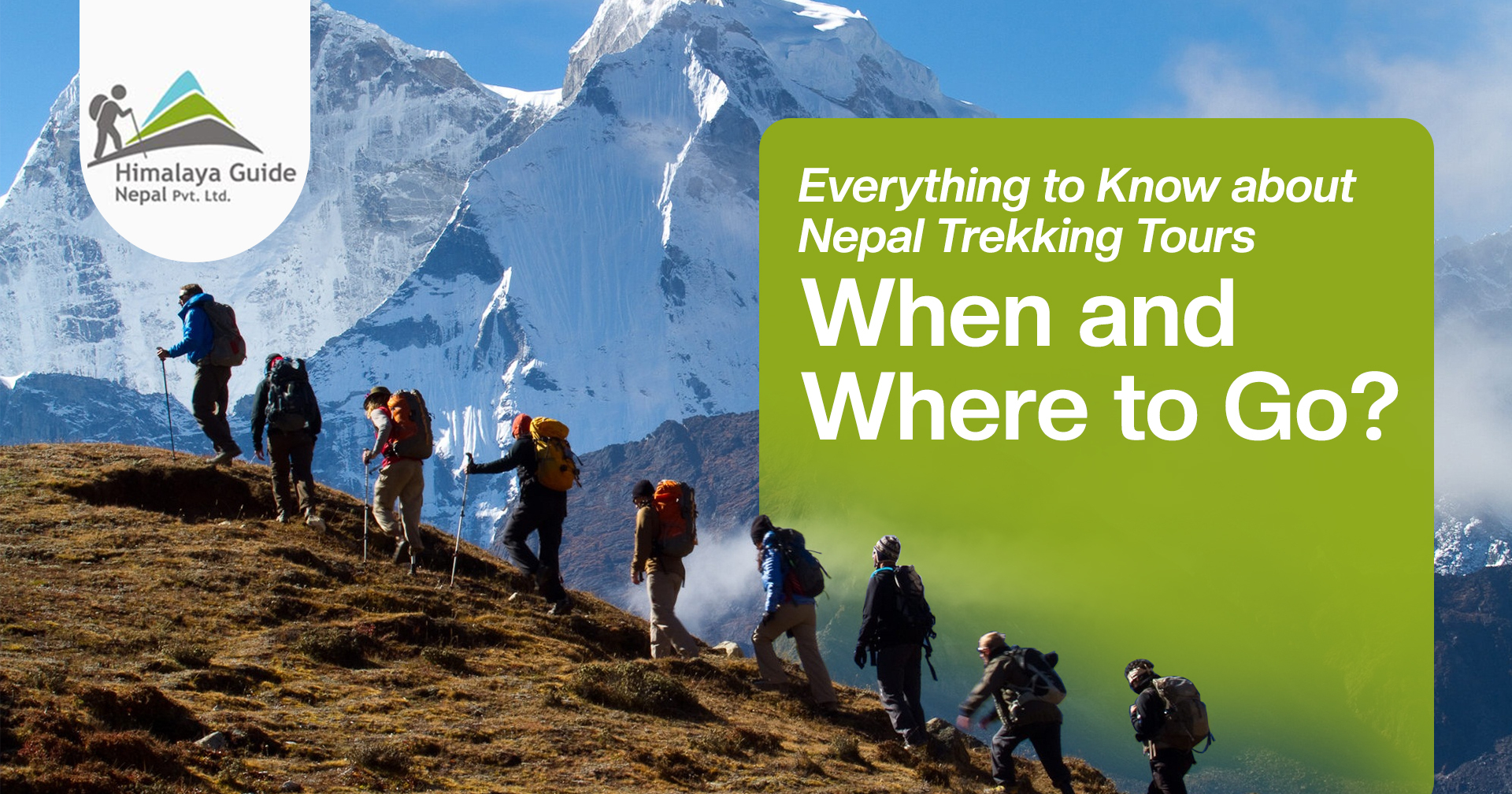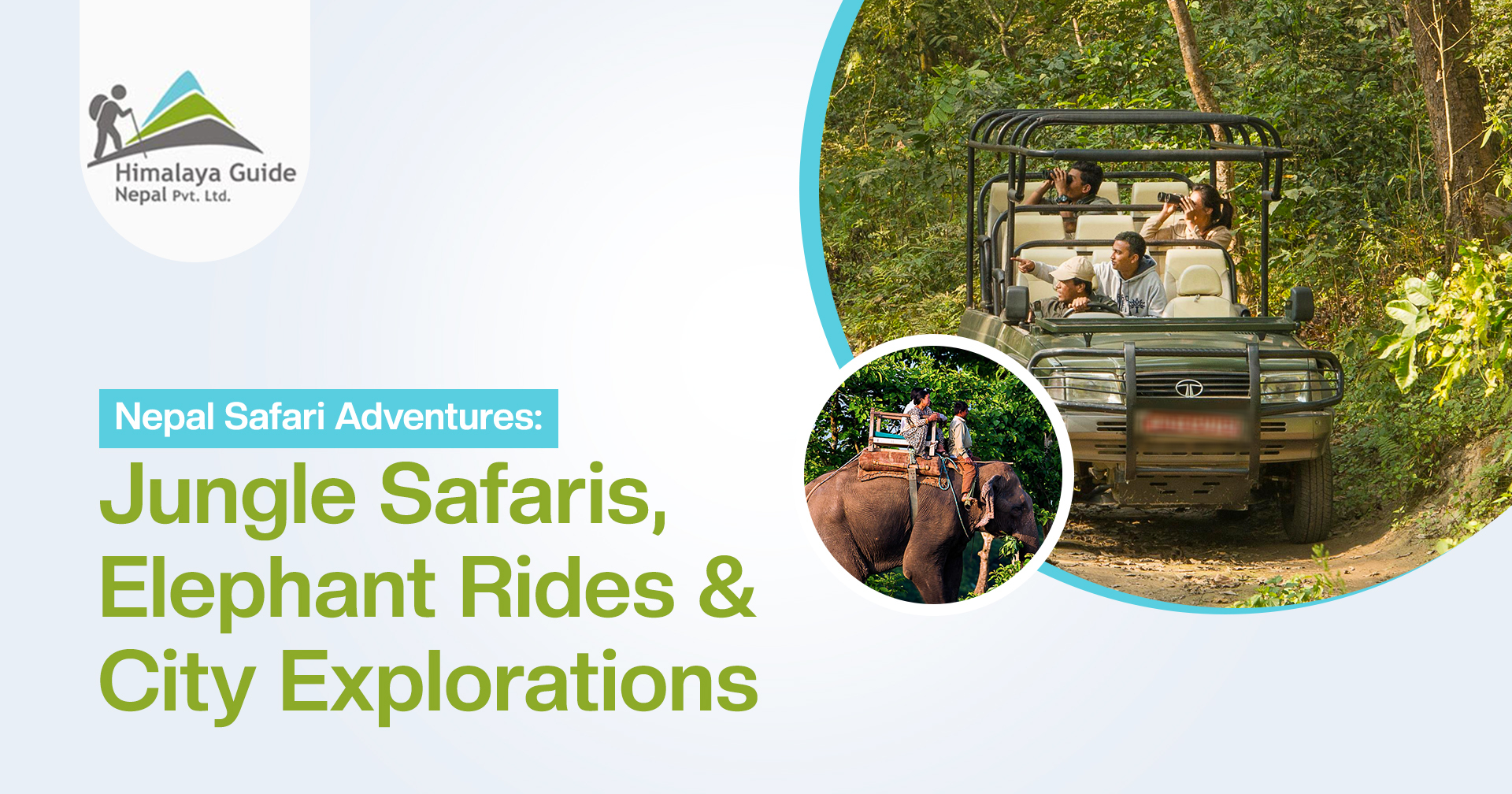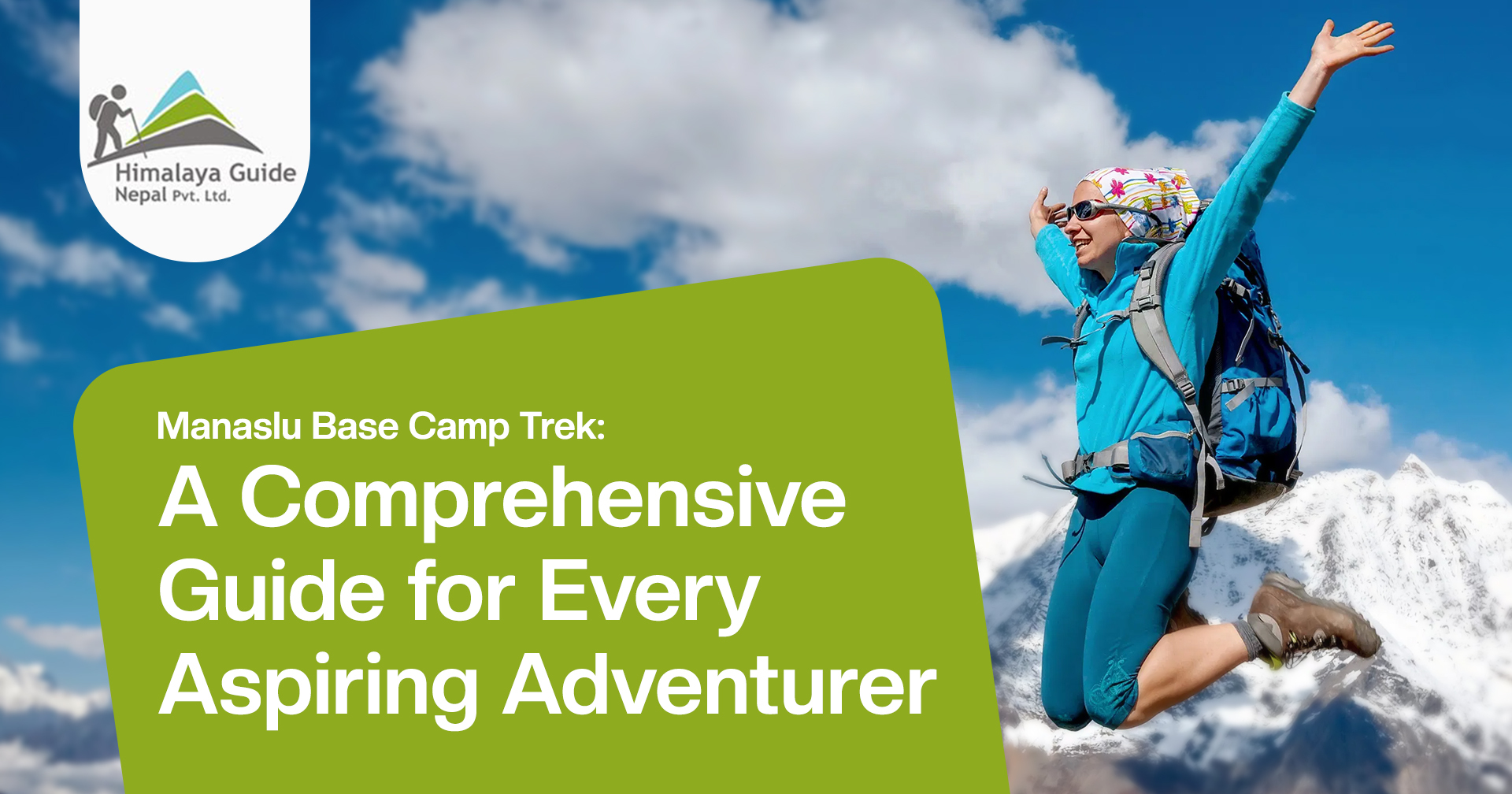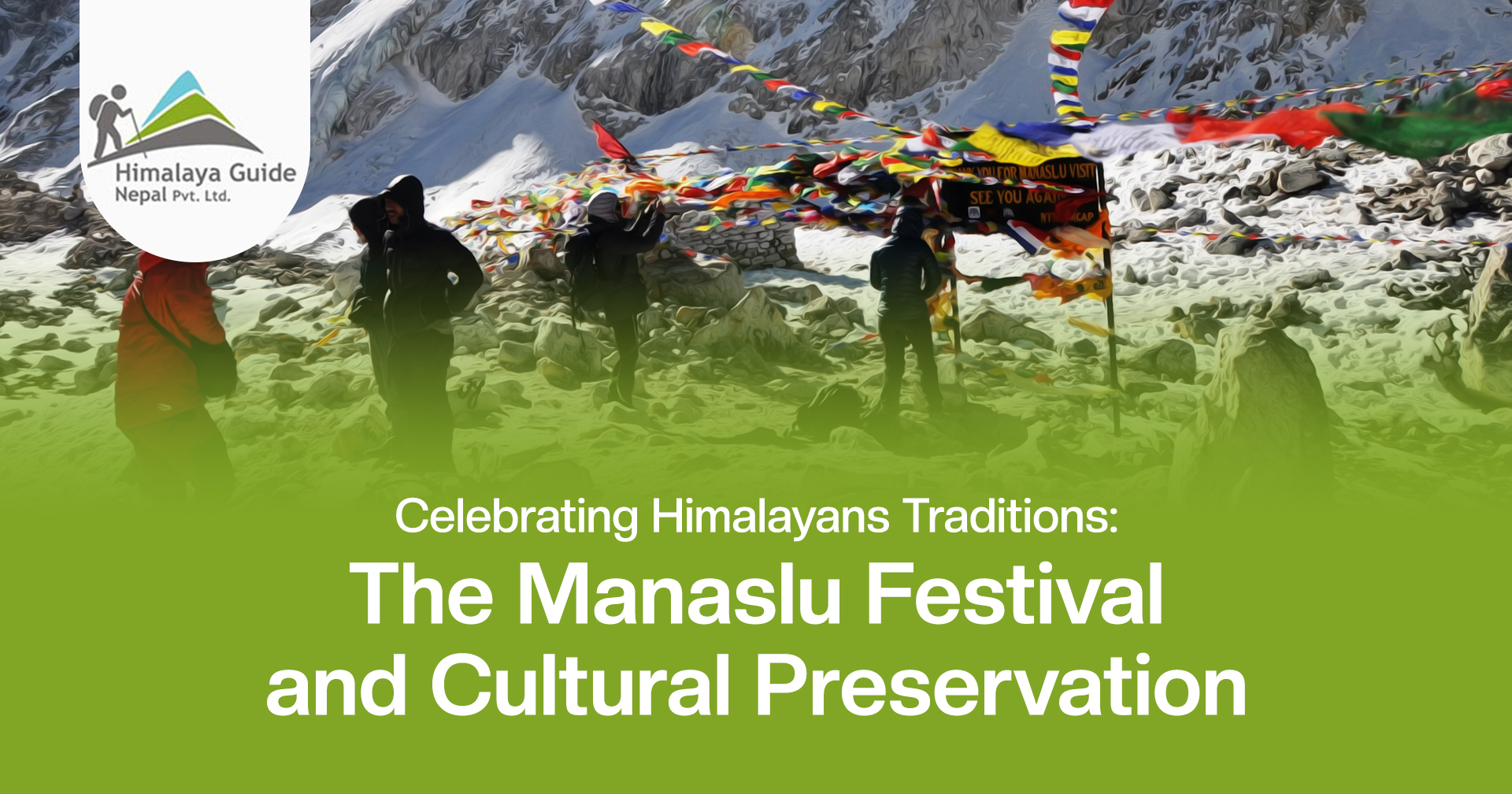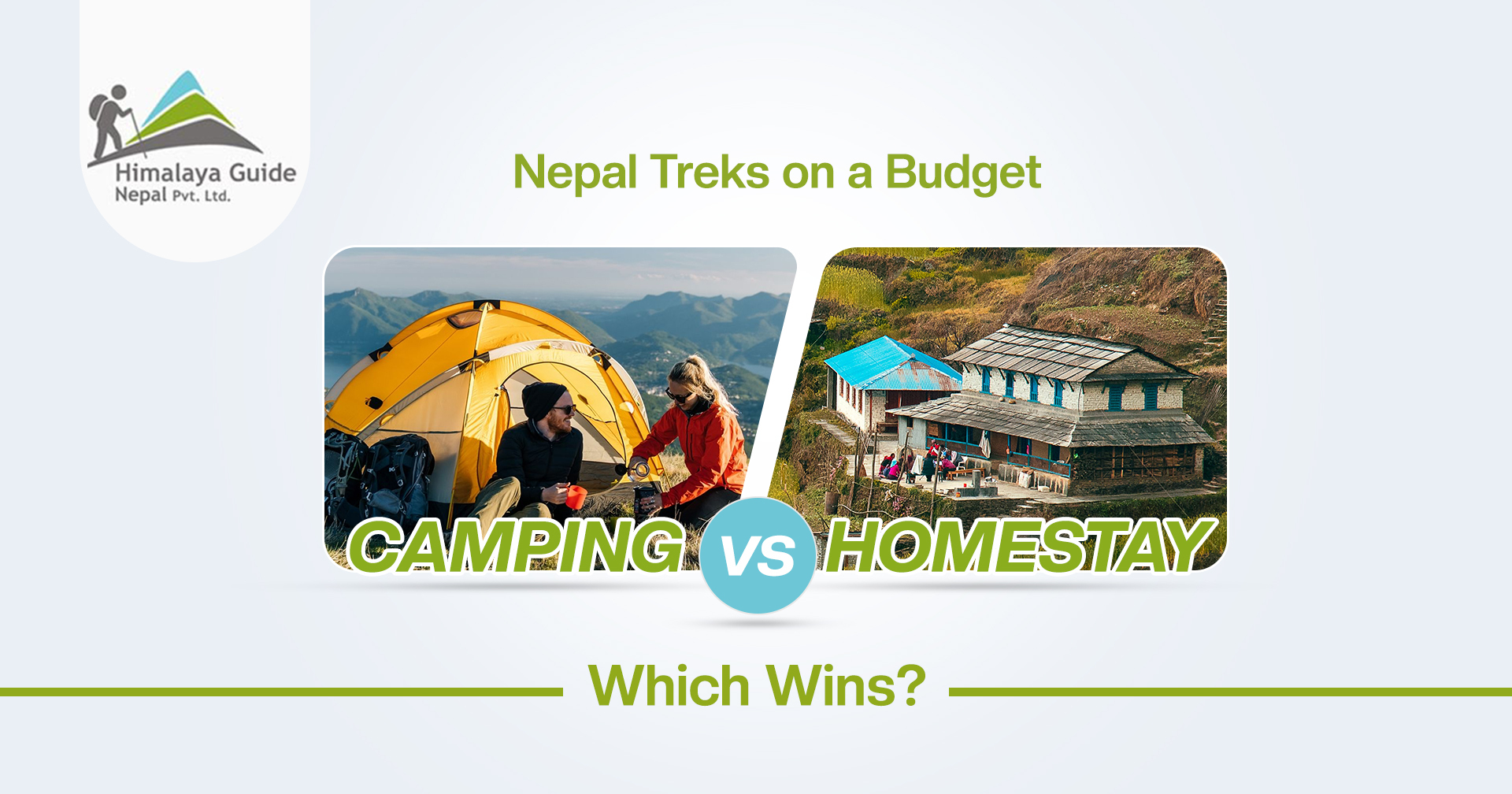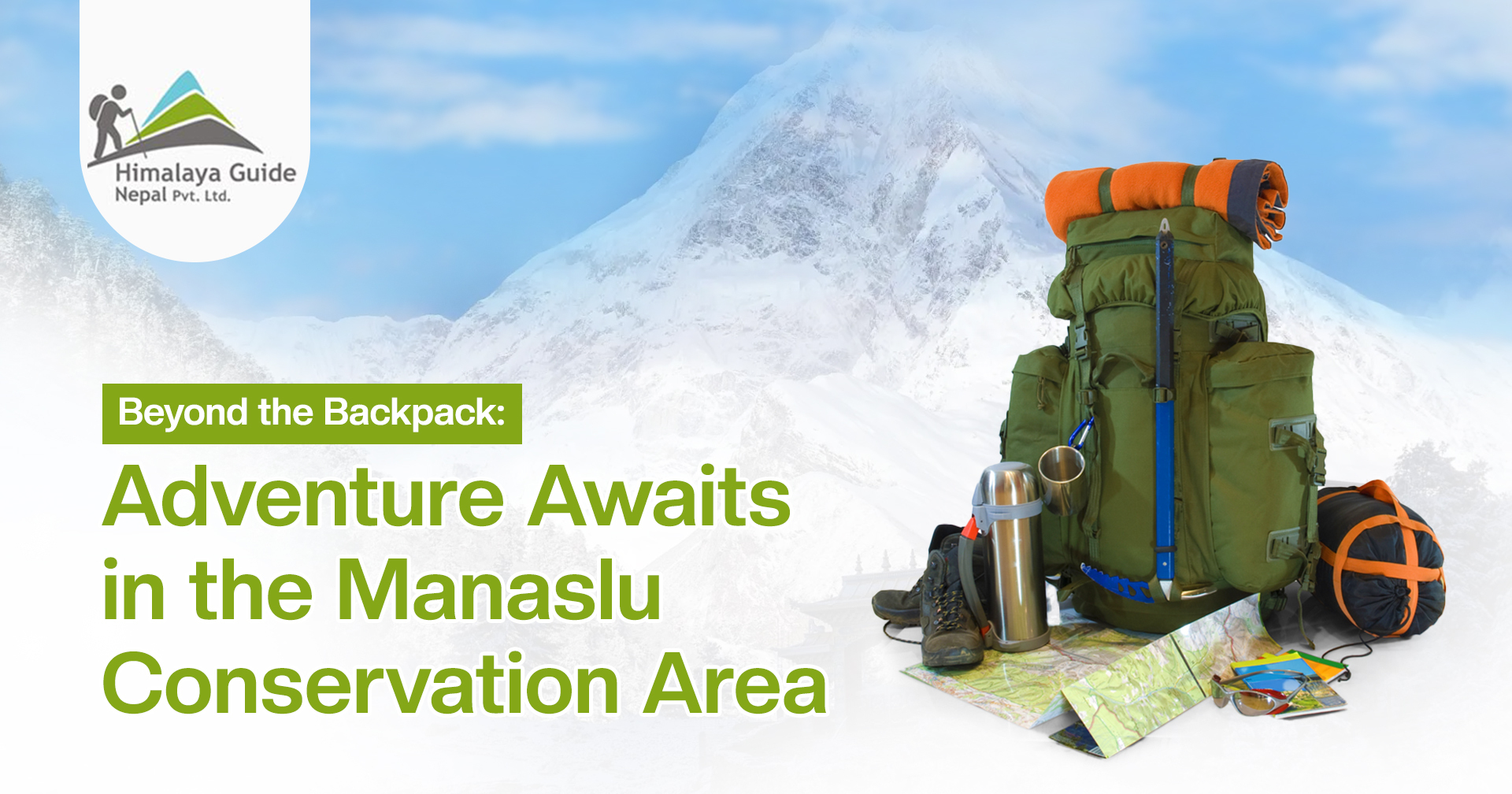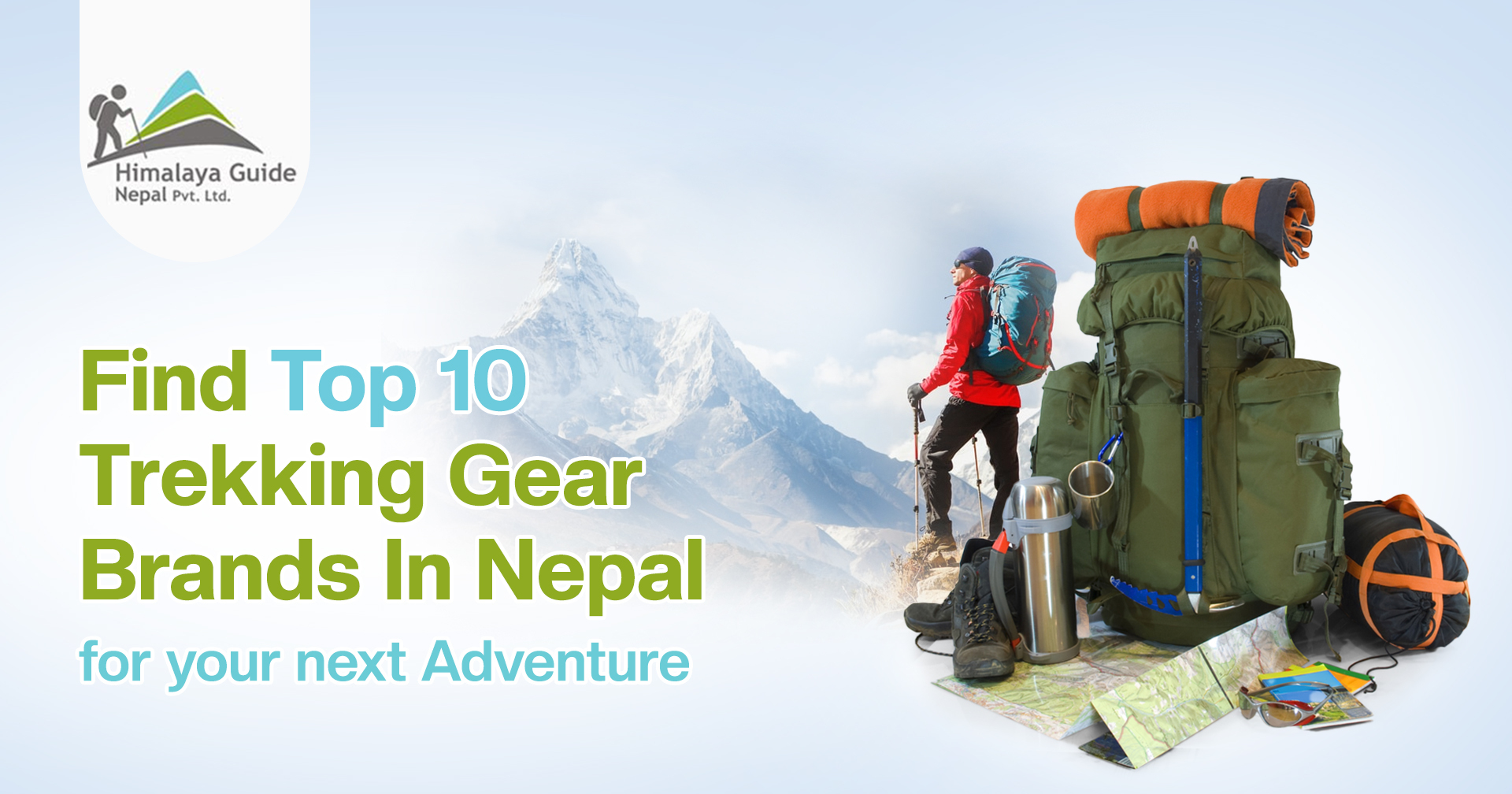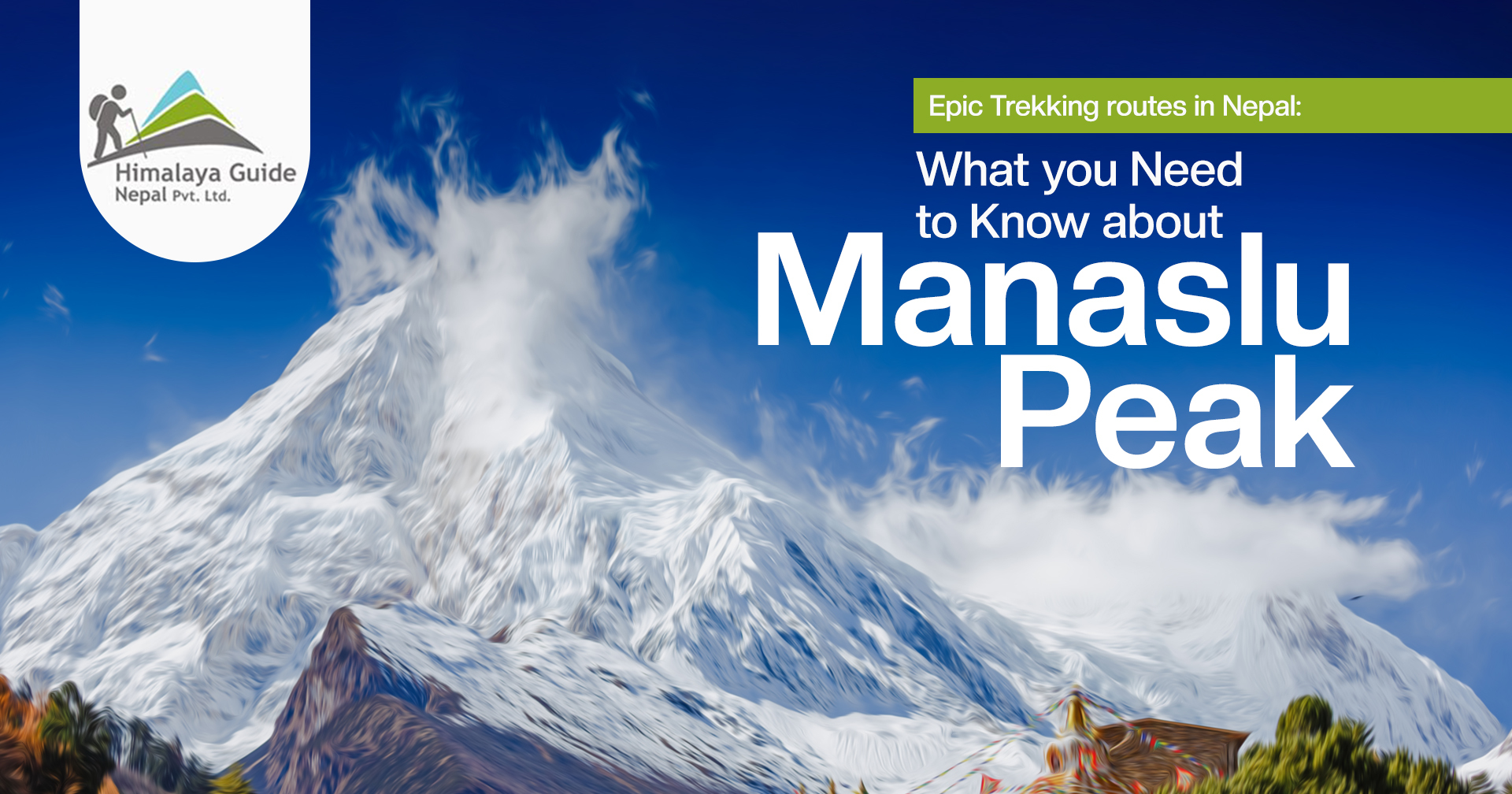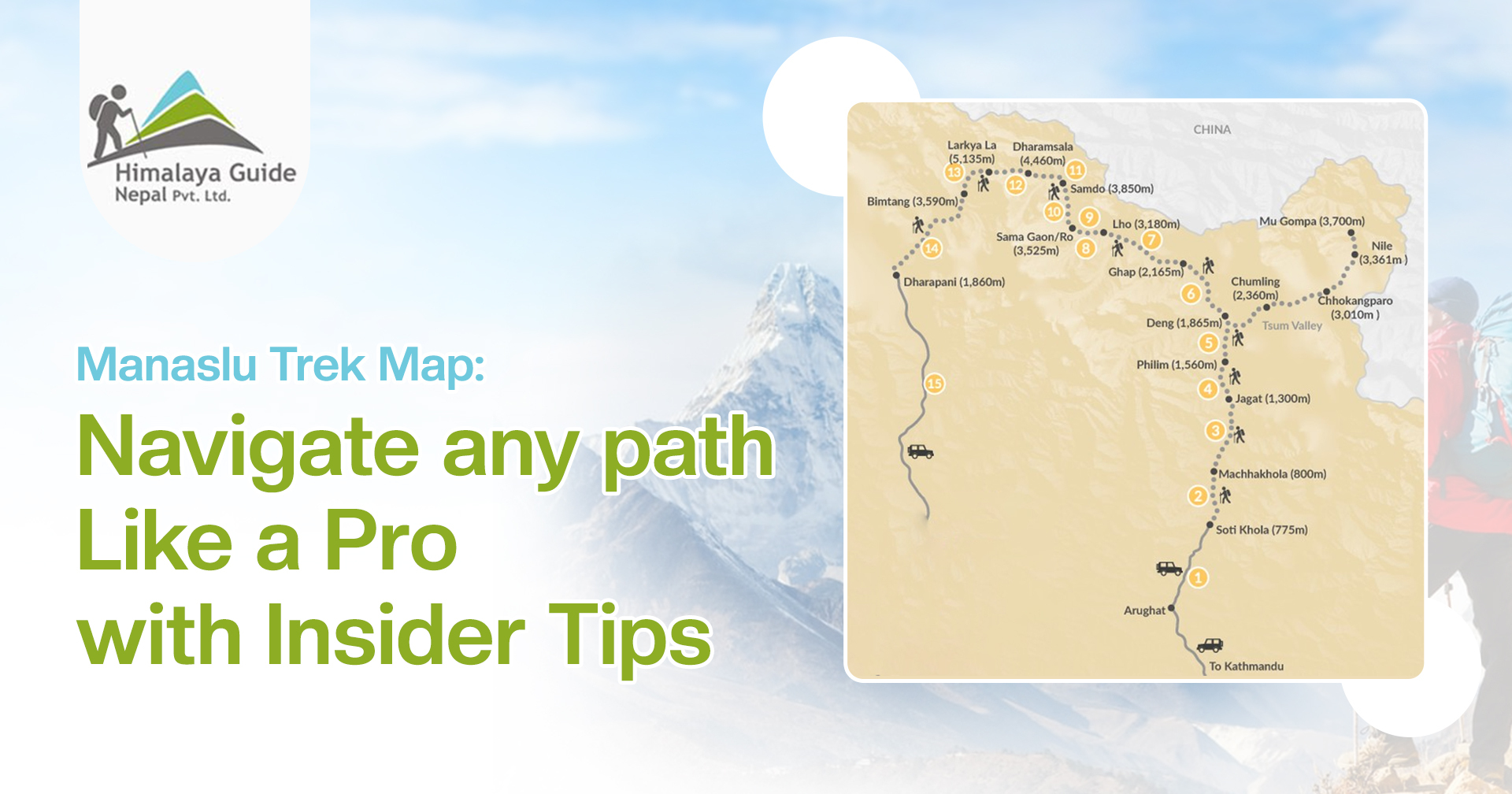From the tallest of mountains like Everest and Annapurna to the green valleys of Langtang and so on, Nepal features various hidden wonders of the Dolpo landscapes that can be seen in every corner of the land, which can be fine for any explorer of any nature. Whether you are an experienced mountaineer climbing some of the world’s tallest peaks, an intrepid traveler seeking to engage with new cultures, or an outdoor lover longing for unbelievable views, there is a trek in Nepal for you.
If you are looking for a comprehensive and easy-to-navigate guide to Nepal trekking tours, then this blog is for you. From a beginner trekker going for a moderate teahouse trek to an avid hiker looking for a challenging high-altitude expedition or an adventurous soul looking for comfortable glamping amidst the Himalayas, we will endow you with the required information and hunger to go ahead with your desired excursion.
When To Visit Nepal: The Best Time for Nepal Trekking Tours
Nepal beckons with its majestic peaks and diverse landscapes, but choosing the right season for your trek is crucial for everyone. Here is a breakdown of the two main seasons and alternative options, with insights on weather, crowds, costs, and what could suit you the best.
Spring (March-May)
The spring season in Nepal will offer you pleasant temperatures, blooming rhododendrons, longer daylight hours, and fewer crowds during early March. However, you could face some unpredictable weather at higher altitudes, the possibility of snow at passes, and higher winds. The crowds are usually moderate and increase gradually towards May.
This could cost you moderate expenses, but it is slightly lower than autumn. The spring season in Nepal perfectly suits beginners who prefer lower altitudes, photographers so that they can see blooming flowers, and budget-conscious
Autumn (September-November)
During September, you will be able to experience crystal-clear skies, stable weather, stunning mountain views, and fewer bugs compared to spring. But the cooler temperatures, shorter daylight hours, and peak-season crowds during October and November could be a headache for many.
Not to forget that the costs become highest during this season as accommodation and permits can be more expensive. All in all, the autumn season is perfect for experienced trekkers, photographers (clear views), and those seeking stable weather.
Winter (December-February)
Because of the cold temperatures and potential snow at lower altitudes, many trails have closed. With fewer crowds, winter could be an alternative season for you if you are planning to visit Nepal. This season for the Nepal trekking tours is best for experienced trekkers seeking solitude, but it also requires proper gear and preparation.
Summer (June-August)
During monsoon season, heavy rainfall and landslides are possible, and most trekking routes are closed during the summer. It is recommended to avoid trekking, but it could be a good time for cultural experiences in the lower regions of Nepal.
| Trekker Type | Priority | Best Months |
| Beginner | Pleasant weather, manageable crowds | Mid-April to May, Late September to October |
| Experienced | Challenging conditions, breathtaking views | October-November (advanced treks), March-April (high passes) |
| Budget-conscious | Lower costs, fewer crowds | March-April (shoulder season), December (if experienced) |
| Off-the-beaten-path | Unique experiences, avoiding crowds | March (before peak season), October–November (less popular regions) |
| Family-friendly | Gentle hikes, comfortable temperatures | April-May, September-October (lower altitudes) |
Top 10 tourist destinations in Nepal for your next Nepal Trekking Tours: Where to Go?
A landlocked country amidst the laps of the majestic Himalayas, Nepal is a place of unparalleled beauty. Nepal is a culturally rich, nation-locked country full of incomparable majestic beauty and an endless array of traditions, sights, and adventures.
Nepal has many significant points to portray to the people who travel; it offers peaceful landscapes, lakes, and mountains with snow peaks to those who are adventitious, to those who are interested in history, and also to the worshipers; Kathmandu has beautiful temples for you too.
If you are seeking spiritual enlightenment, an adrenaline rush, or a taste of authentic culture, here are the top 10 tourist destinations to include in your next Nepal trekking tours:
1. Kathmandu
Kathmandu is a pot of history, culture, and religion. This vibrant capital city of Nepal will give you the UNESCO World Heritage Sites of Durbar Square, Swayambhunath Stupa, and Pashupatinath Temple, each presenting architectural magnificence and deep religious connection.
From here, you will have to traverse through the crooked alleys of Thamel, a conglomeration of stores, cafes, and restaurants, and then soak in the breathtaking vistas of the Himalaya range from atop Chandragiri Hills. There are plenty of trekking spots in Kathmandu, including the Shivapuri Hikes, the Sundarijal Hikes, and many more.
2. Pokhara
Pokhara is located on the softening shores of the Phewa Lake outlet. Its beauty makes many consider it a haven for those who desire to be adventurous and love nature. You can choose to experience a picturesque boat ride on the lakeside or trek to the viewpoint in Sarangkot for a breathtaking sunrise as possible activities to integrate into your Nepal tour.
White-water rafting and paragliding are also on your to-do list if you plan your trip to Pokhara. Needless to say, Pokhara will be a great stop on your next Nepal trekking tours. The place from which you will be offered pleasant monasteries and lakeside cafes has a comparatively slower feel.
3. Lumbini
Lumbini, the birthplace of Lord Buddha, is located in Lumbini, a UNESCO World Heritage Site. You will be able to visit the Maya Devi Temple, which is believed to have been where Buddha was born, and also some monasteries that represent other Buddhist traditions. Spiritual seekers and history buffs like you must visit Lumbini, which is known for its peaceful and significant place in history.
4. Chitwan National Park
Another exciting adventure is the Safari Jungle in Chitwan National Park, listed on the UNESCO list of the World’s Heritage Sites, where diverse species of animals roam freely. Your fate, however, is better if you are lucky, but you will be able to see their one-horned rhinos, elephants, and mysterious Bengali tigers.
Also, one can witness several bird species abound amid verdant vegetation and peaceful wetlands. The park will also give you a cultural atmosphere of the village, as reminded of the Tharu village visits you will be provided with when visiting the local people.
5. Bhaktapur
On your journey from Kathmandu to Bhaktapur, you will be taken back into the past, the medieval era of Bhaktapur. Bhaktapur has old temples replete with intricate courtyards and traditional Newari architecture.
You can now visit Durbar Square, a UNESCO World Heritage Site. It displays palaces and temples intricately hewn from wood and stone. In addition, you can also visit the lively pottery-making bequest. Siddhapokhari is also a major attraction, with visitors appreciating the tranquil ambiance. Above all, you can seek the profound cultural identity of Bhaktapur.
6. Everest Base Camp Trek
The world’s highest peak, Mount Everest, lies in Nepal. Yes, now you can embark on the legendary trek to Everest Base Camp, a once-in-a-lifetime adventure for seasoned trekkers.
You can witness the majestic Khumbu Icefall and traverse high passes adorned with prayer flags. Soak in the awe-inspiring panorama of the world’s highest peak. While challenging, the trek will reward you with breathtaking scenery, a sense of accomplishment, and a deep connection with the Himalayas.
7. Annapurna Base Camp Trek
Whether you are a seasoned trekker or a first-time climber, the Annapurna Base Camp Trek is a popular choice for trekkers. All levels, be it beginners or experienced ones enjoy diverse landscapes and moderate difficulty of the Nepal trekking tours.
Here, you can hike through verdant valleys, quaint villages, and rhododendron forests, culminating in breathtaking views of the Annapurna massif. ABC Trek is a blend of challenging yet rewarding adventures without the extreme altitude of Everest Base Camp.
8. Mustang
Mustang is also famously known as the “Lost Kingdom” of Mustang. It is a remote region steeped in Tibetan culture and breathtaking landscapes. As you venture to Mustang, explore ancient cave dwellings, gompas (monasteries), and traditional villages untouched by modernity. Additionally, you can trek through dramatic canyons, and wildlife, and experience the unique culture and traditions of the Mustang people.
9. Manaslu Circuit Trek
The world’s eight highest peaks Manalsu is one of the most preferred trekking destinations in Nepal. You can hike around Manaslu, which will offer you stunning Himalayan views and the opportunity to experience traditional Nepalese culture. You cannot miss the Larkya La Pass, one of the highest trekking passes in Nepal.
10. Langtang Valley Trek
Langtang National Park is home to beautiful landscapes, snow-capped peaks, glaciers, and forests. You can opt to hike to the sacred Gosaikunda Lake, known for its turquoise waters and religious significance. You will enjoy moderate-to-challenging trails during this Tamang Heritage trek in Langtang.
Conclusion
As you step onto the pristine land of Nepal, you will be able to experience everything to its fullest. Nepal is not only about the towering peaks. It has a lot more to offer, including the diverse landscape and rich culture that every adventure seeker dreams of. Trekking in Nepal is more than a physical adventure; it is a transformation of mind and soul.
From the blooming rhododendrons in spring to the towering Himalayas in autumn, every moment spent in Nepal will be worth it. If you are also planning your next trip or vacation in Nepal, do not miss these places.
The aforementioned destinations on Nepal Tours will keep you awe-struck. So, what are you waiting for? Start planning your Nepal trekking tours today!

